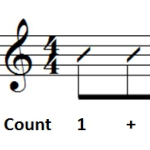
When you play rhythm guitar, some of the most common rhythms you will encounter use eighth notes.
In this tutorial we begin our look at the basics of eighth notes.
Continue reading

When you play rhythm guitar, some of the most common rhythms you will encounter use eighth notes.
In this tutorial we begin our look at the basics of eighth notes.
Continue reading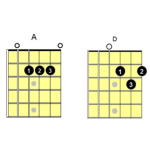
In our previous tutorial, we looked at how whole note, half note and quarter note rests are notated.
Now it’s time to apply your new knowledge to chord progressions. We are also going to cover how to mute strings so you get a nice clean sound.
For this example, we are going to use A, D and E major chords.
Continue reading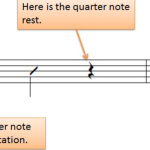
Playing guitar is not just about producing sounds. Sometimes there needs to be silence between chords or notes.
This may come as a surprise, but it’s equally as important to know when to play, as it is to know when not to play.
Periods of silence (rests) are often used as a form of musical punctuation.
In this tutorial, we will look at how periods of silence are notated with rests.
Continue reading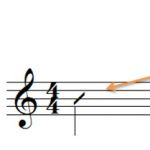
In the Rhythm Guitar Basics Parts 1-3 tutorials, we looked at whole notes and half notes and basic strumming patterns on the guitar.
In this tutorial, we turn our attention to the quarter note.
The quarter note receives one beat in 4/4 time.
Continue reading
Now that we’ve covered the basics of whole notes, half notes and how to use a metronome, it’s time to grab your guitar, so you can start strumming some rhythm patterns.
Continue reading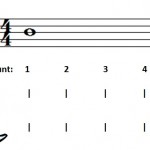
In today’s tutorial, we will look at how to use a metronome with basic whole note and half note rhythms. You’ll learn how to clap, count out loud and tap your foot in sync with a metronome.
Continue reading
Having a rock-solid sense of rhythm is essential for all guitar players. In this series of tutorials, we will cover the absolute basics of playing rhythm guitar.
Continue reading